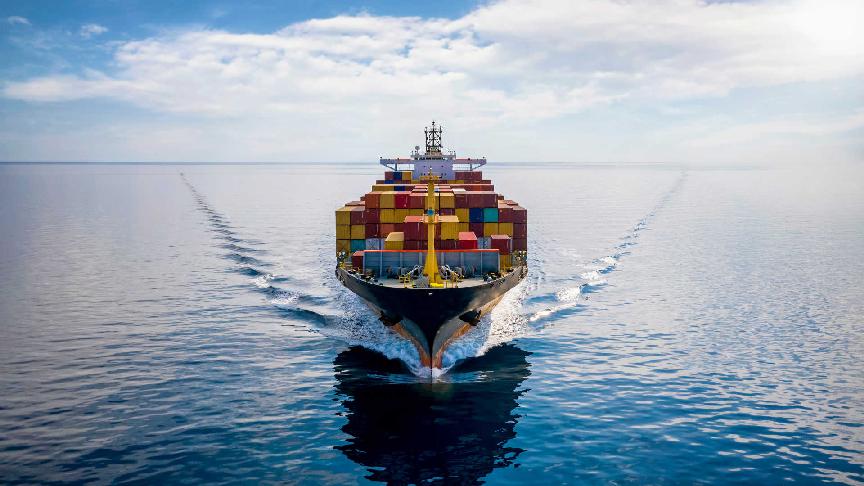20 March 2024 (Lloyd's List) - HUB port performance is going to be “absolutely key” to the success of the Gemini Co-operation between Maersk and Hapag-Lloyd as they develop their new network model.
“The aspiration of the partners is to provide a best-in-class network with unrivalled schedule reliability and competitive transit times,” said Drewry senior ports and terminals analyst Eleanor Hadland.
“But to achieve this, the planned network will cut the number of port calls on each main line loop and will rely instead on a small number of hub ports that will be used to tranship cargo onto high-capacity scheduled services that link to other regional gateways.”
The extent of transhipment that the Gemini network requires is unprecedented, she added.
Because the partners will make fewer calls on each main line service, they will use dedicated shuttle services to link the hubs to the main regional ports.
Maersk and Hapag-Lloyd already own and operate terminals in many of the hub ports.
In Northern Europe and the Mediterranean, the Gemini Co-operation will exclusively use in-house terminals — but there will be greater use of third-party capacity in the Middle East and Asia.
“The success of the network will be highly dependent on the performance of the selected hub ports,” Hadland said.
Drewry analysis of the intensity of asset use at the main terminals on the network shows that several terminals are already achieving what it considers to be world-class levels of performance, handling more than 2,000 teu per metre of quay, and in excess of 200,000 teu per crane.
“But because one of the main risks of the Gemini strategy is that main line or shuttle services become disrupted — due to congestion at one of the other gateway ports, for example — then this could result in yard occupancy at the hub ports rising rapidly,” Hadland said.
While the transfer of high volumes of cargo to a small number of dedicated shuttles did allow for far higher intensity stacking in the yard, it was evident during the Covid pandemic that managing yard capacity is key to efficient terminal operations.
“Our analysis showed that there was considerable capacity headroom across the network, most noticeably in Europe,” Hadland said.
“Expansion is also under way at a number of the other hub ports.”
In the west Mediterranean, Maersk’s APM Terminals has already commenced the third phase of its expansion of Medport Tangier at Tanger Med and, in the east Mediterranean, it has secured the concession to operate a new 900 m terminal in Port Said East.
Hapag-Lloyd is also the lead investor in a greenfield site at Damietta.
“The Gemini Co-operation partners are taking a different approach to network design to the other alliances in an attempt to improve reliability, but much will depend on the performance of this small number of hub terminals,” Hadland said.







